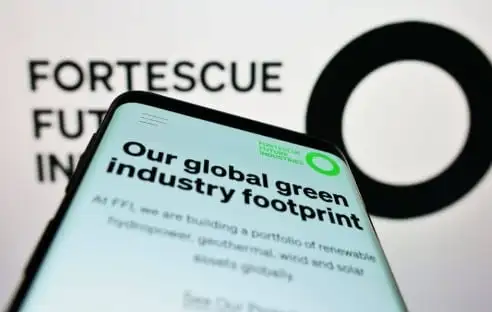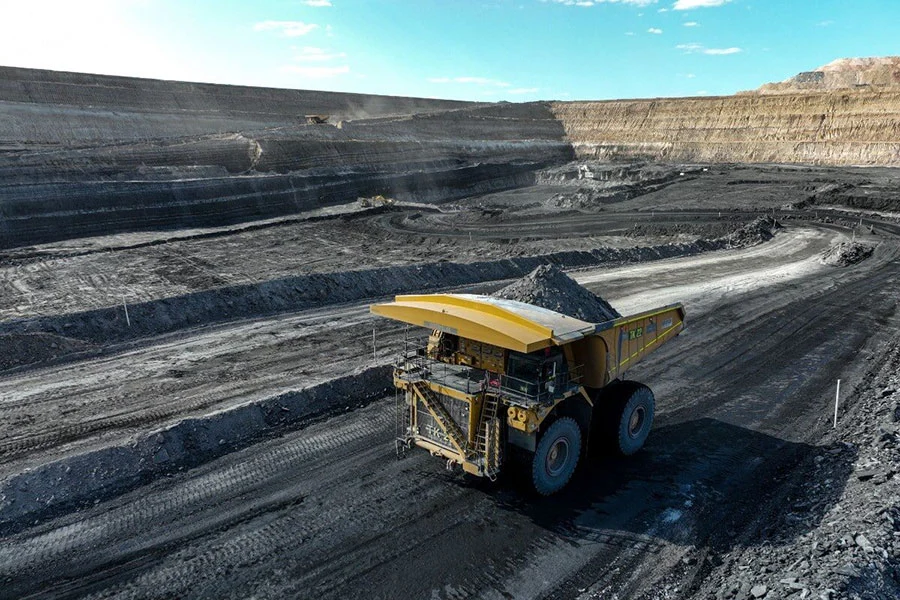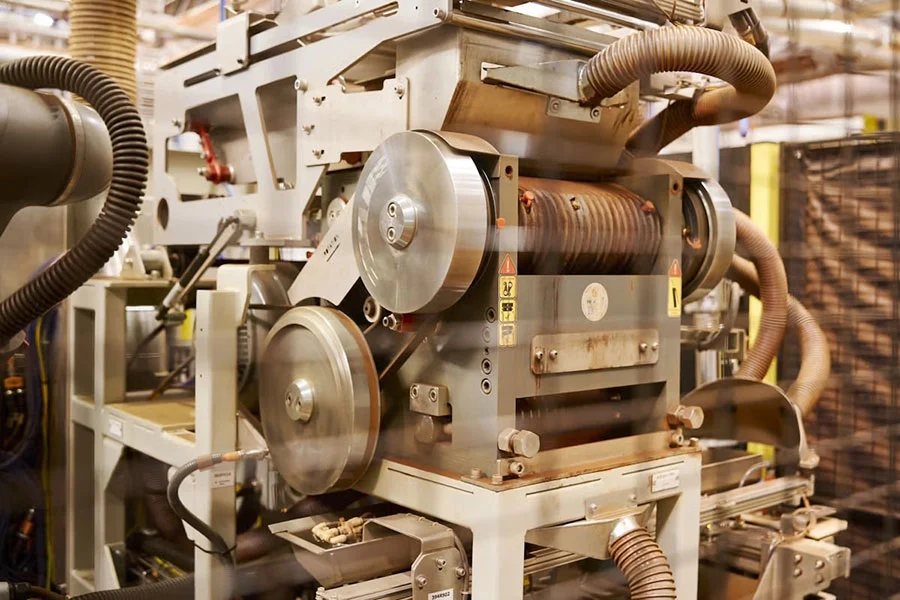Fortescue Metals Group has launched the third iteration of its Climate Transition Plan at the opening of the Global Renewables Summit in New York, part of Climate Week NYC.
The summit brought together heads of state, business executives and financiers to explore how zero-emissions technologies can accelerate the global renewable energy transition. The event was hosted by Fortescue and Climate Group, with support from the Global Renewables Alliance.
It also featured Australian Federal Energy Minister Chris Bowen, COP30 president André Corrêa do Lago and South African President Cyril Ramaphosa.
“Our climate transition plan is more than a strategy – it’s a roadmap for how industry can decarbonise at scale,” Fortescue is executive chairman Andrew Forrest said.
“We’ve demonstrated that green energy isn’t just achievable but is profitable, reliable and transformative. Now it’s time for all of us to match that ambition and accelerate the global energy transition.”
The plan is guided by three core objectives: reducing Fortescue’s emissions rapidly and profitably; identifying and responding to climate risks and opportunities; and developing solutions to drive economy-wide decarbonisation.
Central to this is the company’s “Real Zero Target”, which aims to eliminate Scope 1 and Scope 2 emissions from Fortescue’s Australian terrestrial iron ore operations by 2030, relying on offsets only where legally required.
Fortescue’s Scope 1 and Scope 2 emissions come primarily from diesel use in Pilbara mining operations, and the company is prioritising electrification of its heavy mining equipment.
Supporting this approach are new solar, wind and battery projects, connected through a 629km transmission network across its sites to fully power the electrified fleet.
In the 2024–25 financial year (FY25), Fortescue’s Scope 3 emissions reached 275.88 million tonnes of carbon dioxide equivalent (mtCO₂-e), 100 times higher than its Scope 1 and Scope 2 emissions of 3.02 mtCO₂-e, with steelmaking alone contributing 98 per cent of Scope 3 emissions.
The company is developing renewable electricity and green hydrogen approaches to reduce steelmaking emissions, while shipping and purchased goods add smaller contributions.
“A target without a plan is just rhetoric,” Fortescue chief executive officer Dino Otrato said. “As nations set their 2035 climate goals, business must do the same, with science-based targets backed by industrial delivery.
“Transition plans must be transparent, accountable and regularly reviewed so ambition becomes action.”
The Fortescue plan aligns with the UN Race to Zero Coalition, the Transition Plan Taskforce framework and international disclosure standards, setting a benchmark for how mining can turn climate ambition into measurable, accountable action on the road to 2035.
“From our platform to LinkedIn’s energy professionals – your announcements reach the entire sector’s network, not just our readers.”











